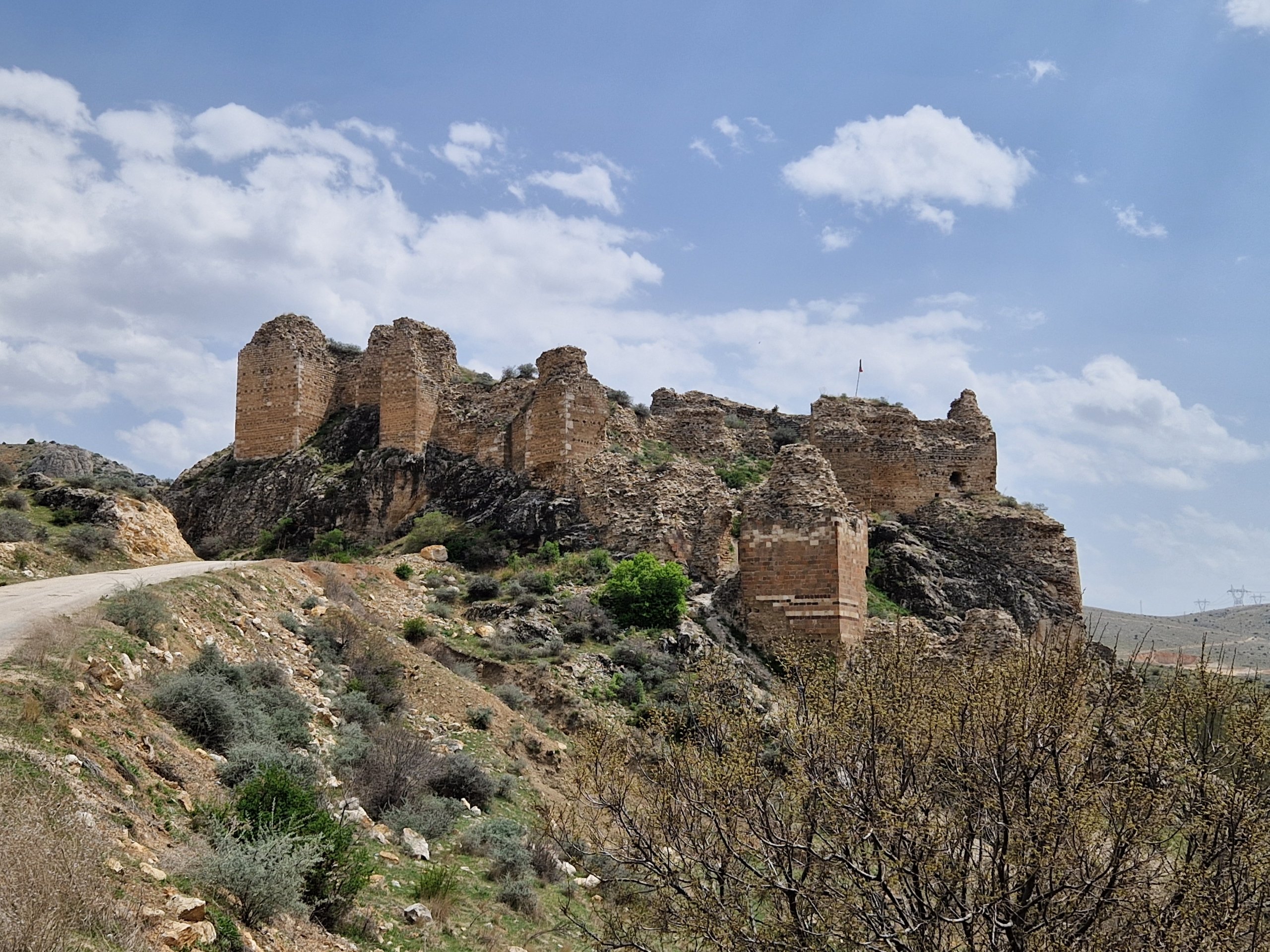16 V 2024: Alexander Sarantis (Mainz), The Byzantine-Islamic Frontier in Cappadocia and Cilicia, 640-750: Strategy, Warfare, and Socio-Economic Trends

Historians have long agreed that the survival of the Byzantine empire in the face of the threat posed by the Early Islamic Caliphate from the 7th c. rested on the nature of the Anatolian peninsula and Byzantine military strategy in the region. This contributed to the inability of the Arabs to conquer the empire despite attacking it regularly across the 7th to 10th c. However, there has been considerable debate over the nature of this strategy, and of the Cappadocian and Cilician frontier between the Byzantine and Islamic empires. Was the frontier centrally controlled and heavily fortified and defended, was it a depopulated no-man’s land or buffer zone, or was it a peripheral region whose populations were semi-independent and had more in common with their neighbours in the Islamic empire? Were Arab incursions major long-lasting centrally-planned military expeditions seeking to conquer territory, or transitory cross frontier plundering raids by local warlords? Did these incursions shatter societies and economies in the frontier region, creating swathes of inhabited territory, or did local communities find ways of adapting to and in some cases profiting from the Arab threat? This paper will consider these issues, arguing that the situation varied diachronically, the empire wielding far less central control over the region in the late 7th to early 8th centuries compared with the Middle Byzantine period, from the late 8th to 10th c.
